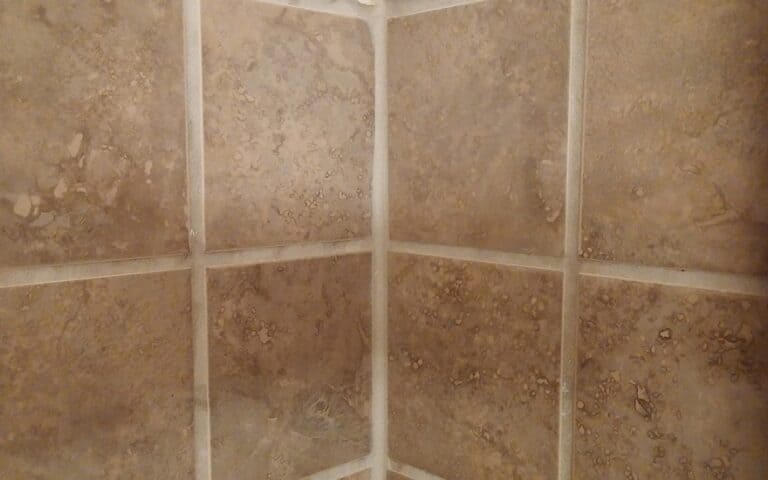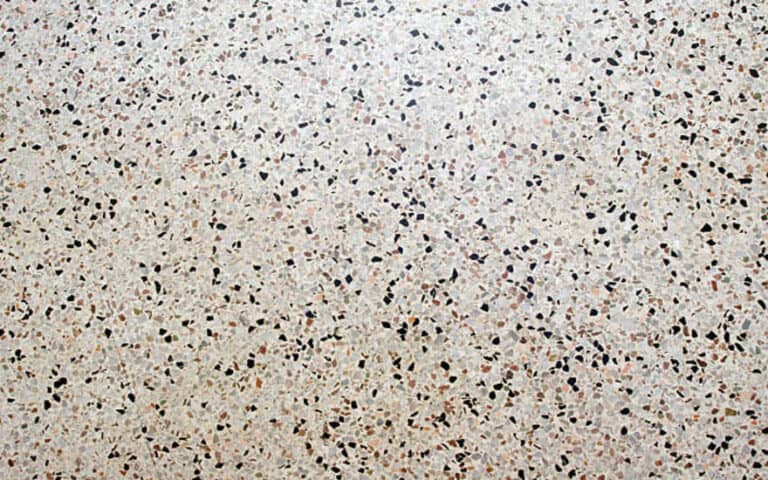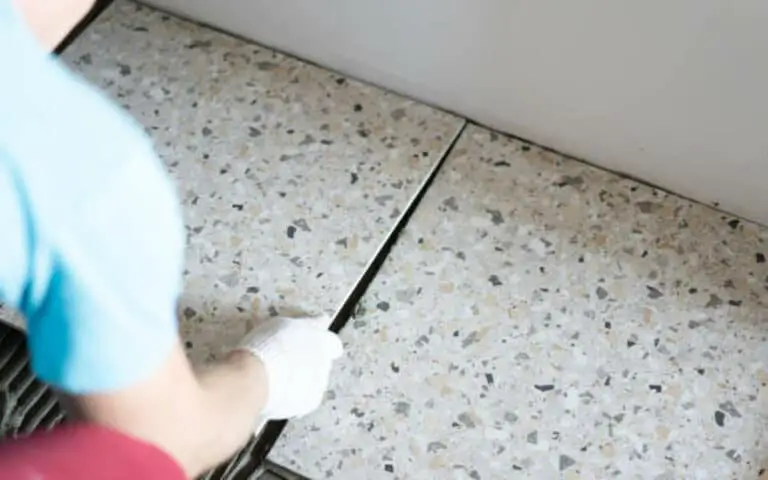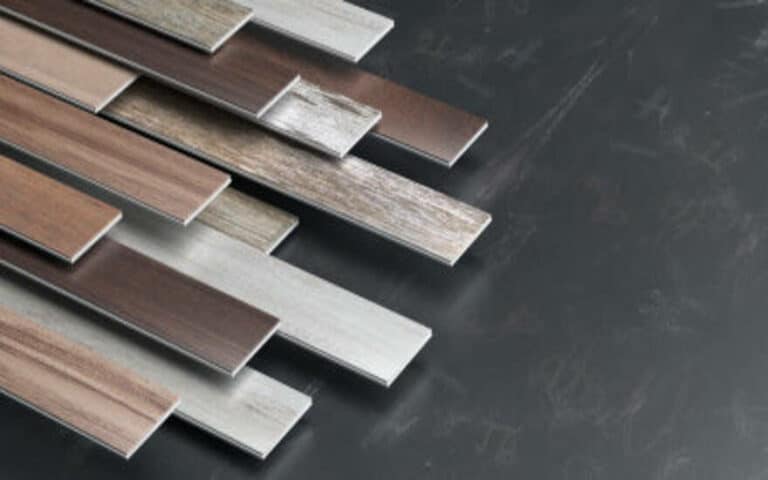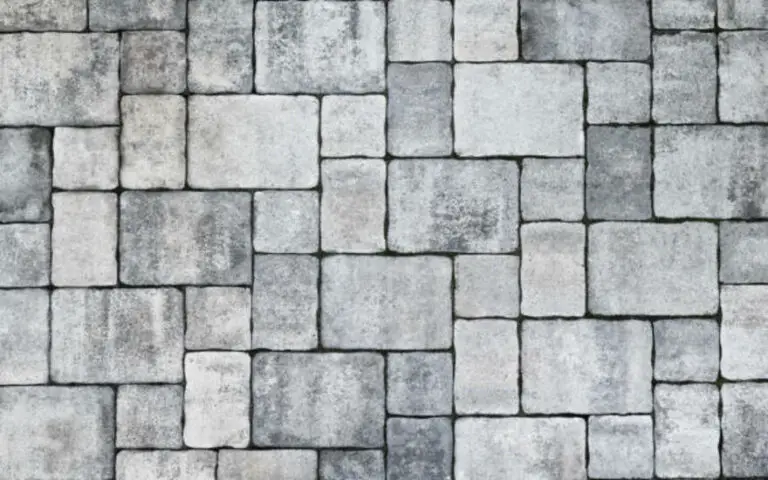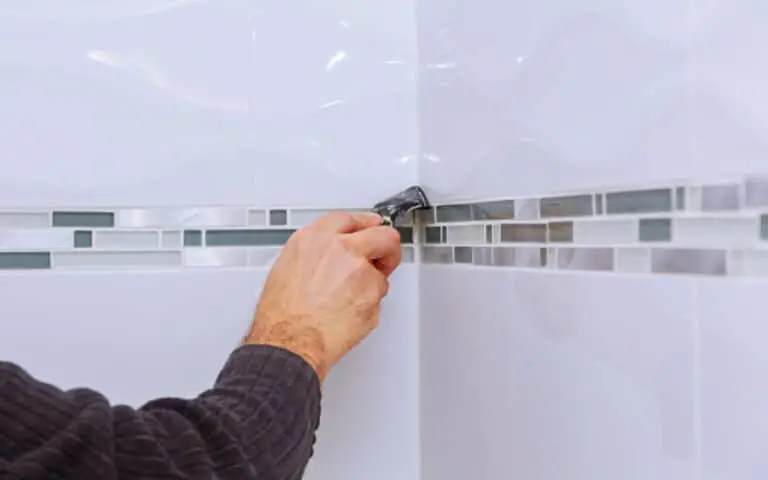I’ll discuss the signs of water under laminate flooring, as well as how to go about fixing the issue. Keep reading to learn more about this common problem and what steps you can take to address it.
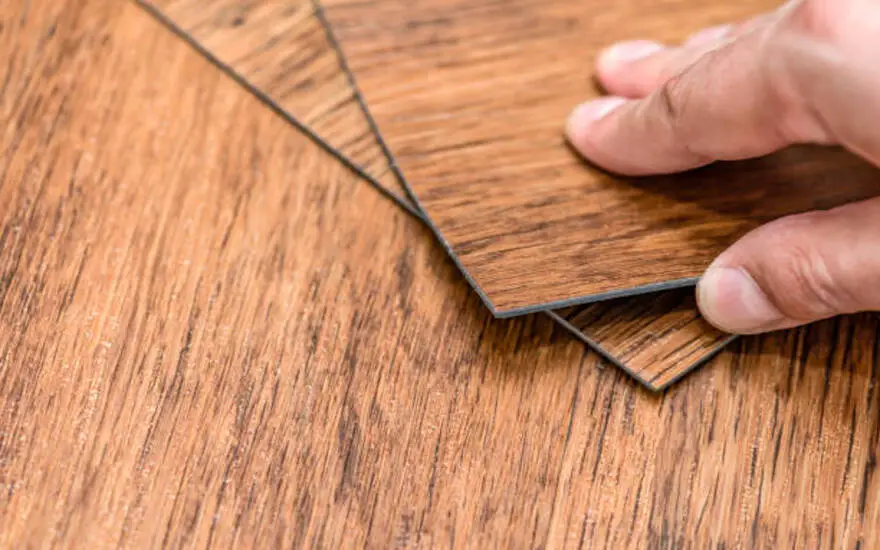
How can you tell if there is water under laminate flooring?
If you suspect water under your laminate flooring, there are a few ways to tell. First, check for any signs of water damage or mold growth. It would be best to look for standing water or use a moisture meter to check for excess moisture in the air. Finally, look for any swelling or discoloration in the laminate flooring itself. If you find any signs, acting quickly to dry out the affected area and prevent further damage is essential.
1. Check for signs of water damage
As I mentioned, one of the tell-tale signs of water damage is discoloration or swelling of the laminate flooring. If you notice any of these signs, you should investigate further. In addition to discoloration or swelling, you may also find black or dark green streaks in-between joints.
This is a sure sign that water has been trapped beneath the flooring. It would be best to look for a musky odor indicating mold growth. If you find any of these signs, it is essential to take action as soon as possible to prevent further damage and protect the integrity of your laminate flooring.
2. Check for signs of mold growth
If you are worried that there might be water under your laminate flooring, then checking for signs of mold growth is also a good idea.
Mold thrives in damp and humid environments and can cause severe damage to the structure of your flooring, not to mention potential health risks. Some signs of mold growth include a musty odor, dark green or black streaks between the planks, and visible discoloration on the planks themselves.
If you suspect mold is present, it is essential to take action immediately. It would be best if you also considered hiring a professional to properly assess the situation and advise you on how best to proceed.
3. Check for standing water
When checking for standing water under laminate flooring, paying close attention to any signs of wetness is essential.
You may be able to spot standing water by looking for pools of liquid, or you may even notice a musty smell. Remove standing water quickly with a wet/dry vacuum if you suspect standing water.
This will help minimize the damage from water seeping into the subfloor. Additionally, it’s a good idea to watch for any swelling or discoloration in the laminate flooring, as this indicates excess moisture.
Taking these steps can help keep your laminate floors in good condition and prevent long-term damage from occurring.
4. Check for moisture with a moisture meter
A moisture meter is a great way to detect any moisture that may be present underneath the laminate flooring.
This device works by measuring the electrical current between two probes and detecting any changes in the electrical resistance. The device will alert you if an abnormally high moisture level is present.
It is important to note that moisture meters are only reliable if used correctly and should be used with other detection methods.
5. Look for swelling or discoloration in the laminate flooring
One of the tell-tale signs of water damage in your laminate flooring is swelling or discoloration. Discoloration can occur when moisture seeps into the planks, causing them to become discolored or warped.
If excessive water is present, you may also see bubbling around the edges or warping in the planks. If you notice any of these signs, it’s essential to immediately clean up any excess water before it causes further damage.
You may also need a dehumidifier to absorb moisture from the air and a wet/dry vacuum to remove any standing water. It’s also essential to take preventive measures such as using mats near entrances and regularly cleaning up spills to avoid further water damage.
What Happens When Water Gets Trapped Under Laminate Flooring?
When water gets underneath your laminate flooring, it can cause severe damage. Even though laminate flooring is relatively inexpensive, it is not waterproof and can be easily damaged by moisture.
When water gets trapped under the flooring, it begins to soak into the boards and can cause warping, swelling, and discoloration. If you notice any signs of water damage, acting quickly and removing the water is essential.
Start by removing any standing water and then use a wet/dry vacuum to remove excess moisture. You may also need to use a dehumidifier to absorb moisture from the air. Once the surface of the laminate flooring is dry, you can repair any damage or replace sections of flooring if necessary.
It’s also essential to prevent future water damage, such as regularly inspecting your floors for signs of leaks or dampness and immediately addressing any issues you find.
How to Clean Up Excess Water?
If a laminate floor is exposed to too much water, you’ll want to take the necessary steps to clean up the excess water. First, ensure the area is dry by wiping up any standing water and using a dehumidifier to absorb moisture from the air.
Then, you may want to use a wet/dry vacuum to suck up any remaining water trapped under the planks of your floor. Finally, if your bed has been damaged by standing water, make sure you clean up any moisture and contain its source.
This will help prevent further damage and ensure your laminate flooring remains in its best condition.
1. Dry the surface of the laminate flooring
It’s essential to dry the surface of your laminate flooring as soon as possible when water is spilled on it. To do this, use a towel or mop to absorb as much liquid as possible.
If there is still some moisture on the surface, you can use a fan to help speed up the drying process. Ensure the fan is not blowing directly onto the floor, which could cause further damage.
Once you have finished drying the surface of your laminate flooring, inspect it closely for any signs of water damage, such as swelling or discoloration. If any damage is found, take the necessary steps to repair it before continuing with any further cleaning or maintenance.
2. Use a dehumidifier to absorb moisture from the air
Once you’ve done all you can to dry the surface of the laminate flooring, it’s time to consider using a dehumidifier to absorb moisture from the air.
This is an essential step if you want to avoid any further water damage. A dehumidifier will help by reducing the humidity in the air, reducing the risk of mold and mildew growth.
It will also help speed up the drying process, so it’s well worth investing in one if you think your laminate flooring has been affected by water damage.
Just ensure you check your dehumidifier regularly and empty it as necessary.
3. Use a wet/dry vacuum to remove any standing water
Once you’ve checked for signs of water damage, mold growth, standing water, and moisture using a moisture meter, it’s time to move on to the next step: using a wet/dry vacuum to remove any standing water.
This is essential in cleaning up excess water underneath laminate flooring, as it can help prevent further damage. A wet/dry vacuum is designed to suck up liquids and solids, making it the perfect tool for this job.
Attach the hose end to the vacuum and suck up any standing water you may have found. Be sure to take care not to damage your flooring while doing so.
Once all the standing water has been removed, use a fan to dry out the area and then mop or use a wet-dry vacuum once more to get rid of any remaining moisture.
What Are the Best Ways to Dry Out Water-Damaged Laminate Flooring?
Once you have determined that water is under your laminate flooring, acting quickly to dry it out is essential. There are several effective ways to dry out water-damaged laminate flooring, such as using a wet/dry vacuum to remove any standing water, drying the surface of the laminate flooring, and using a dehumidifier to absorb moisture from the air.
Additionally, fans and open windows can help speed up the process by circulating air and reducing humidity levels. It is important to note that drying out water-damaged laminate flooring can take some time and require patience.
However, with the right tools and techniques, you can quickly get your laminate flooring back in good condition.
How to Prevent Water From Damaging Your Laminate Flooring?
As I’ve mentioned before, water can cause severe damage to laminate flooring. To prevent this, it’s essential to take preventative measures. For example, use mats and rugs near the entryways of your home to absorb any moisture that is tracked in.
Additionally, clean up any spills promptly and use a wet/dry vacuum to remove standing water. It’s also a good idea to keep the humidity in your home comfortable, as high moisture levels can cause the laminate flooring to expand and warp.
Finally, you should regularly inspect your laminate flooring for any signs of water damage or discoloration, as these can indicate that water is trapped underneath the flooring. Careful attention and preventive maintenance are critical to protecting your laminate floors from water damage.
How to Tell If You Need Professional Help?
If you have done all the necessary steps to dry out your laminate flooring and still notice signs of water damage, such as discoloration, swelling, or mold growth, it may be time to call a professional.
A professional can help assess the extent of the damage and recommend the best course of action for your particular situation. They can also provide advice on how to best prevent any further damage from occurring.
Summary
In conclusion, watching for any signs of water damage under your laminate flooring is essential. If you spot any signs of water damage, it is crucial to take the necessary steps as quickly as possible to ensure that the damage doesn’t worsen and cause further issues.
Carefully drying out the affected area, using a dehumidifier and wet/dry vacuum, is the best way to effectively dry out the laminate flooring and prevent future water damage.
It is also essential to take preventive measures like sealing any areas where water could seep in and maintaining a regular cleaning routine to keep your laminate flooring looking its best.

